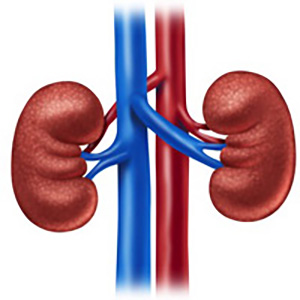 Smart Citations
Smart CitationsSee how this article has been cited at scite.ai
scite shows how a scientific paper has been cited by providing the context of the citation, a classification describing whether it supports, mentions, or contrasts the cited claim, and a label indicating in which section the citation was made.
Prognostic determinants and treatment outcomes of Fournier’s Gangrene treatment in a resource-limited setting: A retrospective study
Background: Fournier’s gangrene (FG) is a destructive necrotizing infection with a generally poor prognosis. This study aims to share our experience in handling FG patients in a resource-limited setting and identify prognostic factors for FG mortality. Methods: A retrospective study of thirty-six patients diagnosed with FG and treated at our teaching hospital between Jun 2010 to Oct 2022 was conducted. Laboratory and nonlaboratory data and patients' outcomes were gathered. A univariate analysis was computed for identifying prognostic factors for FG mortality. Result: The main age was 68.30 ± 5.61years and most (69.4%) were older than 65 years. The overall survival was 63.9% and the mortality rate was 36.1%. Univariate analysis showed that advanced age (p = 0.02), delayed in hospital presentation (p = 0.024), involvement of larger area (p = 0.001), a history of diabetes mellitus (p < 0.006), end-stage renal disease (p = 0.018), heart failure (p = 0.005), cerebrovascular accident (p = 0.003), liver cirrhosis (p = 0.001), presence of multiple comorbidities (p = 0.001), septic conditions at admission (p = 0.048), need for mechanical ventilation (p = 0.001), hypoalbuminemia (p < 0.001), and elevated blood urea nitrogen (p = 0.002) were found to be risk factors for mortality in patients with FG. Conclusions: Fournier’s gangrene is a fulminant condition with a high mortality rate, especially in resource-limited settings. In this study, the mortality rate was 36.1%. Advanced age, delayed in hospital presentation, involvement of larger area, a history of diabetes mellitus, end-stage renal disease, heart failure, cerebrovascular accident, liver cirrhosis, presence of multiple comorbidities, septic conditions at admission, need for mechanical ventilation, hypoalbuminemia, and elevated blood urea nitrogen were associated with FG mortality.
How to Cite

This work is licensed under a Creative Commons Attribution-NonCommercial 4.0 International License.
PAGEPress has chosen to apply the Creative Commons Attribution NonCommercial 4.0 International License (CC BY-NC 4.0) to all manuscripts to be published.

 https://doi.org/10.4081/aiua.2023.11450
https://doi.org/10.4081/aiua.2023.11450




